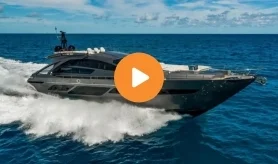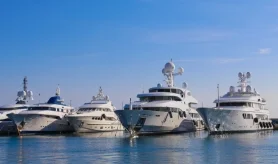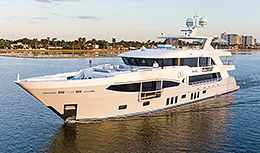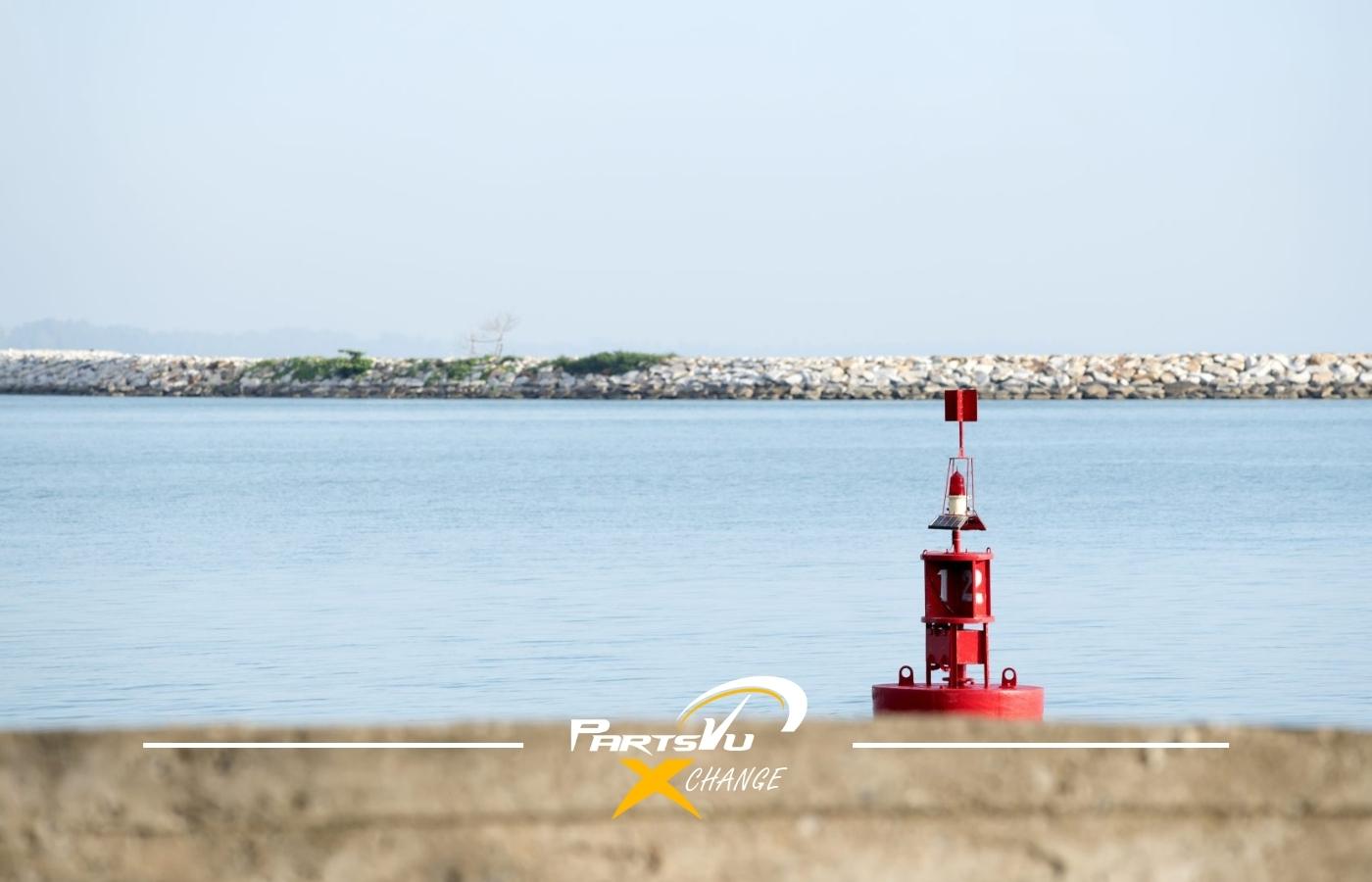- Alaskan Yachts
- Azimut Yachts
- Back Cove Yachts
- Beneteau Yachts
- Benetti Superyachts
- Bertram Yachts
- Boston Whaler
- Broward Yachts
- Buddy Davis Sportfish
- Burger Yachts
- Cabo Yachts
- Catamarans
- Carver Motoryachts
- Center Console
- Chris-Craft Yachts
- Cruisers Yachts
- DeFever Trawlers
- Dufour Sailboats
- Fairline Yachts
- Feadship Yachts
- Ferretti Yachts
- Formula Yachts
- Fountaine Pajot Cats
- Grady-White
- Grand Banks Trawlers
- Hargrave Yachts
- Hatteras Yachts
- Hinckley Picnic Boats
- Horizon Yachts
- Hydra-Sports
- Intrepid Boats
- Jarrett Bay Sportfish
- Jeanneau Yachts
- Kadey-Krogen Trawlers
- Lazzara Yachts
- Lekker Boats
- Luhrs Sportfish
- Marlow Yachts
- Maritimo Yachts
- Marquis Yachts
- Mazu Yachts
- McKinna Motoryachts
- Meridian Yachts
- Midnight Express
- MJM Yachts
- Mochi Craft
- Neptunus Motoryachts
- Nordhavn Trawlers
- Nordic Tugs
- Numarine Yachts
- Ocean Alexander Yachts
- Ocean King
- Offshore Yachts
- Outer Reef
- Oyster Sailing Yachts
- Pacific Mariner Yachts
- Palmer Johnson Yachts
September 19, 2022 9:59 am
While the water is natural, wide, and open, “driving” on it is quite similar to driving on the road–there are still rules to follow. These guidelines are set in place so that everyone on the water can have a safe and harmonious boating experience. Read on to discover the “rules of the road” according to the U.S. Coast Guard.
This article was featured in PartsVu Xchange.
How well do you know the rules of the boating road? As the snowbird season started ramping up in South Florida, we were again reminded how different boating in other parts of the country is—many boaters don’t know the U.S. Coast Guard (USCG) rules of the road.
New retirees arrive in Florida after years of boating on smaller lakes in the Midwest or bodies of water without much traffic. They’re excited to boat Florida’s waters but have a bit of a rude awakening.
Our PartsVu Xchange Talks Boating host sat down with Captain Frank Lecardo, the owner and an instructor at the Naples School of Boating, to discuss the USCG rules of the road.
Do bodies of water have speed limits like roads do?
Our waterways do have speed limits, but not exactly like roadways. Here in Florida you really need to pay attention to the signs. Out on the Gulf of Mexico, there is no speed limit. It’s up to the operator of the boat to determine what the safe speed is. Wind, wave heights, visibility, number of passengers, and boat traffic all play a part in determining what a safe speed is.
As you enter the inland channels and waterways, the marked speed restrictions begin. Some areas are slow-no wake year-round, but others only during certain times of the year. This is to protect manatees. Then there are areas 20-30 mph in the marked channel but slow-no wake anywhere outside of the channel. So it’s really important to read what the sign says.
Per the USCG rules of the road, which boat has the right of way?
The three most common scenarios for powerboats are meeting head-on, passing in the same direction, or crossing in different directions. The give-way vessel in these scenarios has to yield to the other vessel. The stand-on vessel has the right of way.
The first scenario is meeting head-on. When this happens, both vessels should move to starboard, or to the right, and pass each other port-to-port, or left-hand side to left-hand side. This is the same as two cars heading towards each other on a roadway— they both move to their respective right-hand side. In this case there is no stand-on or give-way vessel. They both have an obligation to take an action.
The next scenario is passing, also known as overtaking. In this situation, where both vessels are moving in the same direction, the vessel approaching from behind is the give-way vessel until he has passed the other vessel. The vessel being overtaken has an obligation to maintain its course and speed while being passed.
The last scenario is a crossing situation. If a boat is approaching you from the starboard, or right-hand side, they are the stand-on vessel and you must give way to them.
Now let’s talk about the most important rule of all: taking action to avoid a collision. There comes a point when it doesn’t matter who is the stand-on or give-way vessel. We all have an obligation to avoid a collision.
That leads me to a very important point. The leading cause of boating accidents in 2020, according to the Coast Guard, was “Lack of Paying Attention” or loss of situational awareness. Our waterways here in South Florida get very crowded in the winter months. Boaters need to have eyes in all directions. I can’t tell you how many times I see boat operators who are changing direction without looking behind them to see if another boat is approaching which leads to collisions.
What are the right of way rules when boats are passing under a bridge?
When two vessels are going under a bridge in opposite directions, the vessel that has the current pushing it from behind has the right of way, or is the stand-on vessel. The theory behind this is that the vessel with the current pushing it has less maneuverability. This is Rule 9 in the Coast Guard rule book which discusses narrow channels.
Aids to navigation are the road signs of the water. What are the main types of navigation aids?
This breaks down into two categories: lateral and non-lateral. The lateral markers are directional. They tell us where we can and can’t go and guide us from one point to another. The non-lateral signs are informational. They inform us about areas such as no wake zones and hazard areas.
Why are some buoys and beacons red while others are green?
I’m not sure why the Coast Guard picked red and green, but I do know this: The red markers should be on your right-hand side when returning from sea, and the green markers should be on your right-hand side when going out to sea. Right Red Return is a helpful memory device.
Note: This general rule may differ if cruising the Intracoastal Waterway. Always refer to local knowledge and specific navigation charts for your cruising area.
What information is included on buoys and beacons and why is this information important to boaters?
There are three ways to identify an aid to navigation: color, shape, and number. The red ATONs will always be a triangle and have an even number. The green ATONs will always be square and have an odd number. If the number sequence is increasing you are moving inland and if the number sequence is decreasing you are moving toward open water, or seaward.
What does the USCG Rules of the Road have to say about the rule of tonnages and vessels constricted by draft?
These two rules are pretty straightforward.
Law of gross tonnage – the heavier vessel always has the right-of-way.
Vessels constricted by draft – a boat fewer than 65 feet (20 m) in length or a sailing vessel shall not impede the passage of a boat that, because of her draft in relation to the available depth and width of navigable water, is severely restricted in her ability to deviate from the course she is following.
There are also information and regulatory marks. What sorts of information is shared on these markers?
These are the non-lateral markers that I mentioned before. They indicate speed restrictions, hazard areas, manatee zones, and the like. The hardest part about these signs is reading them from a distance, but there is a trick: They will always be a white sign with an orange border. In the middle of the sign, there will either be a circle or a diamond shape. The circles are speed restrictions and the diamonds are hazards. You should be able to differentiate between the circles and the diamonds even if you are too far away to read the words.
What other types of markers might boaters encounter?
“Do Not Anchor – Cable Crossing” is an important one. Never anchor your boat where you see a sign like this. You may see them at bridges or in areas where power, phone, and fiber optics are being supplied to an island from the mainland. Catching your anchor on one of these would be very bad.
Finally, what about lighting? Which lights are boats of different sizes required to have?
For powerboats, there are three navigation lights to be concerned with. When underway, meaning you are not anchored or tied to the dock, a powerboat must display a red and green running light as well as the white anchor light. However, if that boat is anchored, it is important to turn off the red and green lights so that other vessels know that you are anchored and not underway. Remember, if you are a vessel at anchor other vessels are required to avoid you. If you are anchored and still displaying your red and green running lights other vessels could be confused and think that they have the right of way.
I mention this because we have a lot of narrow passages under bridges. Customers frequently ask me who should go under the bridge first.
To learn more about the USCG rules of the road, and on-the-water training if you’re located in South Florida, visit Naples School of Boating.
Additionally, you can learn more details about USCG rules of the road by downloading the USCG’s Aids to Navigation brochure.

Head to PartsVu.com to explore our selection of boat safety products, including boating essentials.













